Hello, I have recently bought a diamond, this one in fact:
http://www.whiteflash.com/loose-diamonds/princess-cut-loose-diamond-2940058.htm
but am now being told by a diamond professional that the depth percentage on this diamond is way too high.
What are some other perspectives/ preferences on princess cut max depth percentage?
http://www.whiteflash.com/loose-diamonds/princess-cut-loose-diamond-2940058.htm
but am now being told by a diamond professional that the depth percentage on this diamond is way too high.
What are some other perspectives/ preferences on princess cut max depth percentage?

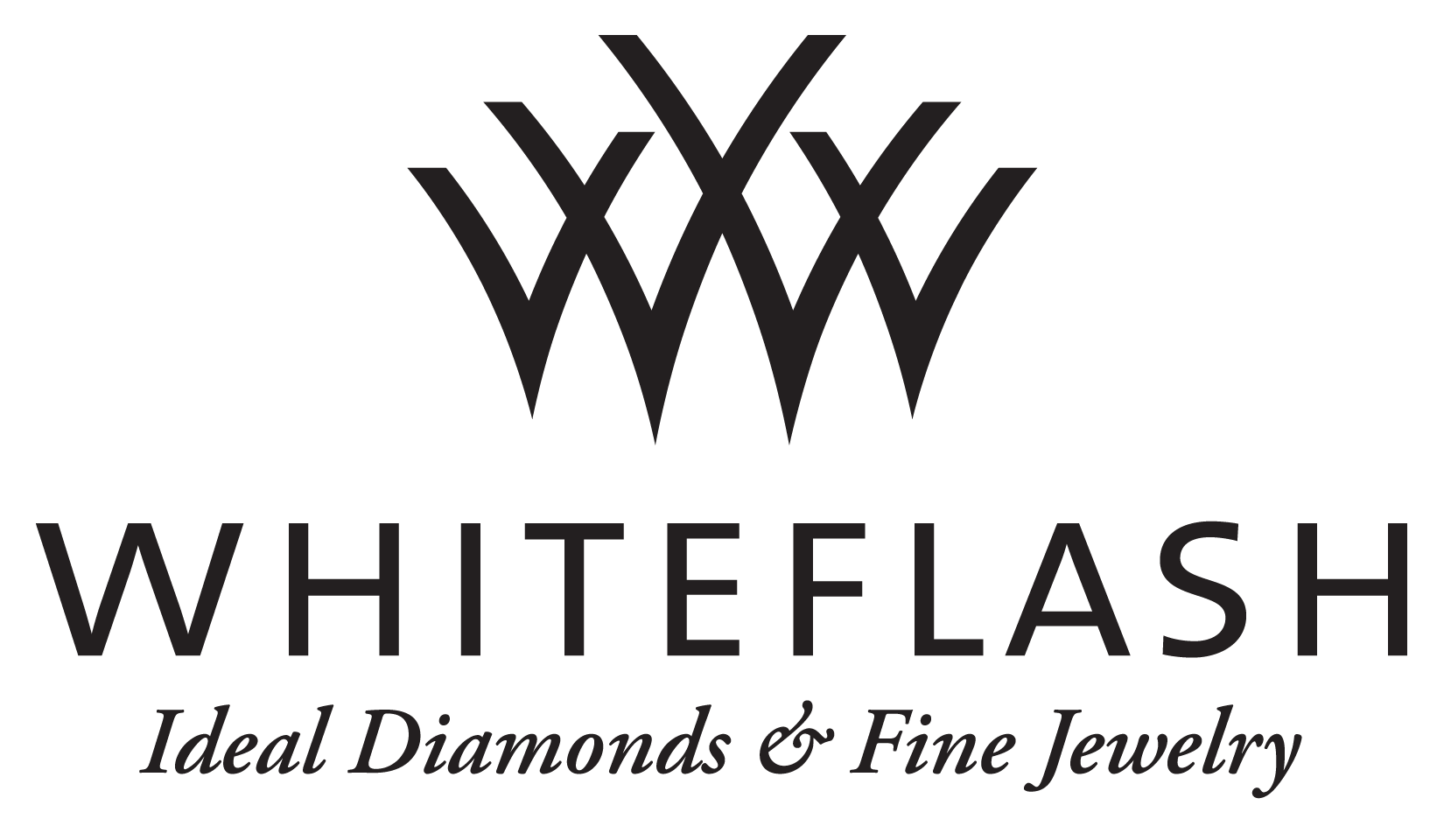
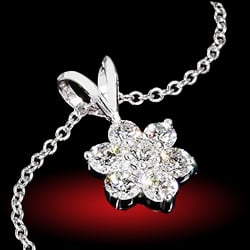
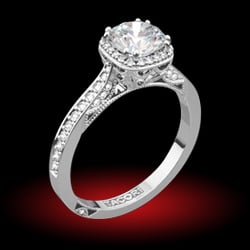
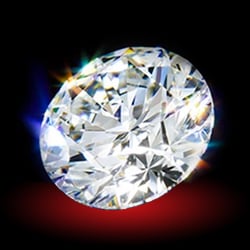
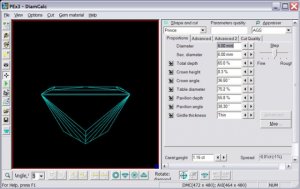
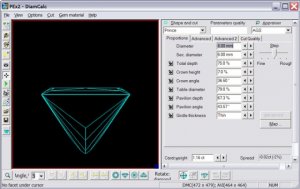


300x240.png)